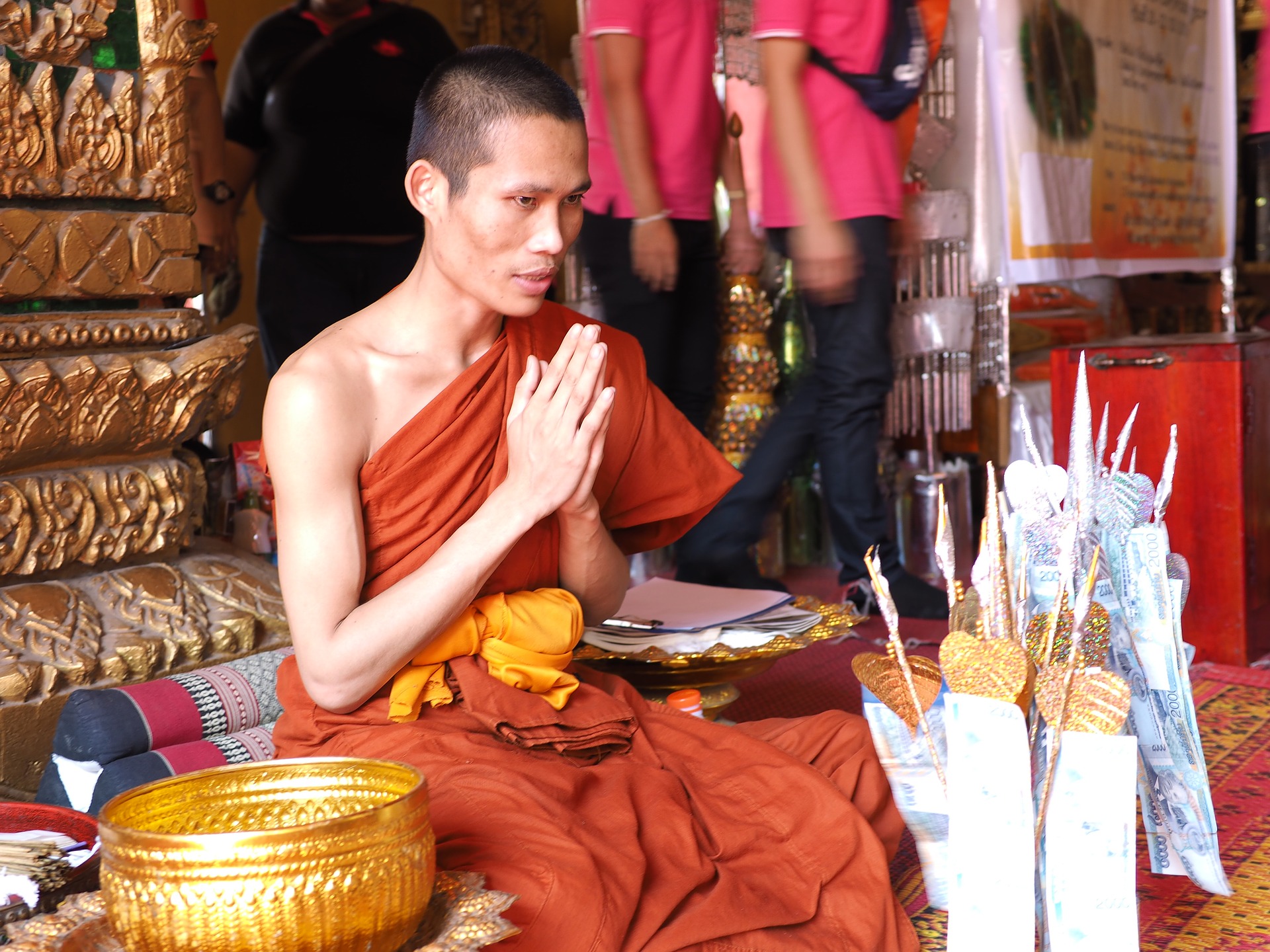Closing the palms together in front of one’s heart is known in hatha yoga as the “Anjali Mudra”, “mudra” meaning “sign” referring to a posture or positioning of the hands; “anjali” meaning to offer, salute or revere.
The gesture is traditionally used throughout India, Nepal, Sri Lanka and South-East Asia for both social interaction and worship. As a formal greeting and parting gesture, folded hands are associated with the Sanskrit terms “namaste” and “pranam” – roughly translating as “the divine in me bows to the divine in you”, a beautiful recognition of our innate oneness. The gesture is also used to convey gratitude, respect and sincere apology – all deep feelings of the heart.
The first time I flew with Thai Airways, I was surprised and moved when the hostesses greeted the passengers with their hands folded (known as “wai” in Thai) as we boarded the plane. Instantly I felt at home and truly welcomed.
This experience taught me more directly and profoundly than any theoretical understanding or historical or cultural knowledge the significance of folded hands – for in an instant, by sheer magic, my heart was opened. Folded hands connect hearts, bringing forward the best hearts’ qualities – the divine – in both the one folding the hands and the one who is being approached with folded hands: humility, simplicity, sweetness, sympathy and concern.
If two people approach me with the same request – one with hands on hips, the other with folded hands – I am more likely to be sympathetic to the one whose very appearance touches my heart…
When I sit to meditate, I am the one making an ardent request – for peace, light and bliss. With my hands folded … or without – how is my case more likely to receive a sympathetic hearing?
